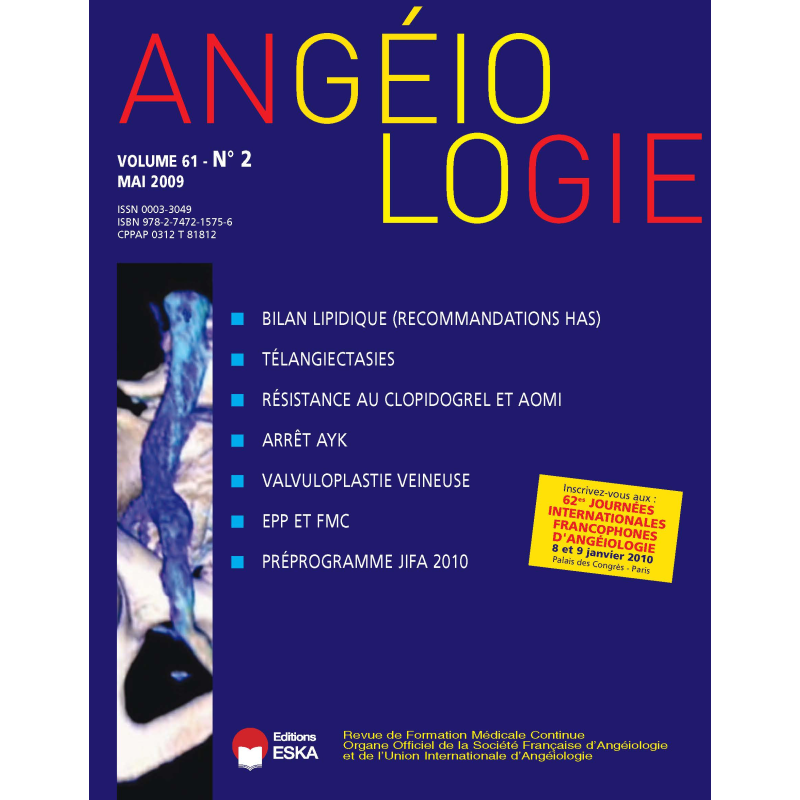



 Security policy
Security policy
(edit with the Customer Reassurance module)
 Delivery policy
Delivery policy
(edit with the Customer Reassurance module)
In 2008 a paper by John Opie, regarding the renewed role of venous valvuloplasty and an intriguing discussion took place on VASCULAB, a well known network on line with about 1300 expert members in phlebology guided by F. Passariello as conceiver and coordinator. The valvuloplasty attempts to reduce blood reflux and venous hypertension in chronic venous disease (CVD). The technique requires a skilled and experienced surgeon and a careful patient evaluation and selection. It could be a good approach in selected cases with post thrombotic syndrome (PTS). Some studies indicate in the nineties that valvuloplasty or valvular replacement is an effective treatment for venous incompetence in selective cases. After a concise valvuloplasty story from Kistner to Maleti, despite the advances in valvuloplasty, we point out that the surgical mainstay to correct CVD, deep and superficial or both, or primary varicose veins is great saphenous vein (GSV) ligation and stripping but also various conservative or endovascular treatments. Nevertheless actually some clinical studies have reported achieving long-term, effective competence of deep venous system, as well as the superficial venous system, both after valvuloplasty or by implanting an external vein support device. J. Opie identified as an optional surgical solution for the large underserved patient group of PTS a new technique: « monocusp surgery ». He presented a new surgical method to replace a dysfunctional aplastic / dysplastic / absent venous valve using the full thickness viable native vein wall tissue (the monocusp) and covered the defect with an ultrathin synthetic e-PTFE vascular closure patch (iVenaTMe-PTFE patch) to successfully reverse venous insufficiency and its effects both early and long-term with limited complications. The description on monoscusp valvuloplasty by Opie in Vasculab was accurate. At the same time S. Camilli presented his technique of external stretching valvuloplasty with a new device is « oval shaped external support « (OSES), made by a Nitinol net-like framework, very smooth, elastic and flexible, available in different size. The OSES device is suitable for the terminal and pre-terminal valves of the GSV and virtually for any peripheral venous valve, on superficial and deep system, also without ligation of the possible present competent collaterals. The discussion was ample and very interesting with the contributes of C. Recek, B.B. Lee, C. Franceschi, O. Maleti and others, included J. Opie and S. Camilli. In general, R. Kistner considerations about Maleti’s technique are true for all valvuloplasties: « I find no fault with valvuloplasty and am anxious to see if others can duplicate the experience. Points that need to be expanded in these experiences are how many cases were evaluated and found not to be candidates for this procedure, the length of the learning curve for producing a reliably competent valve, and whether there is any sign that these new valves will degenerate with time. If this technique can be successful, the next question will be whether it can be achieved in a more minimally invasive method »